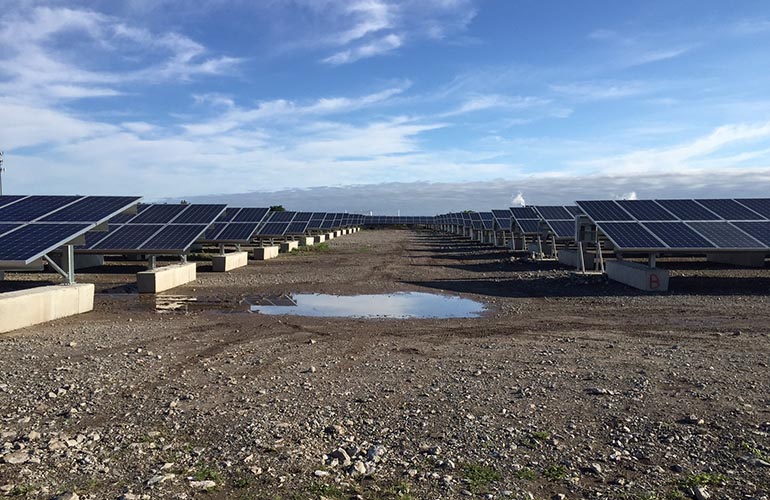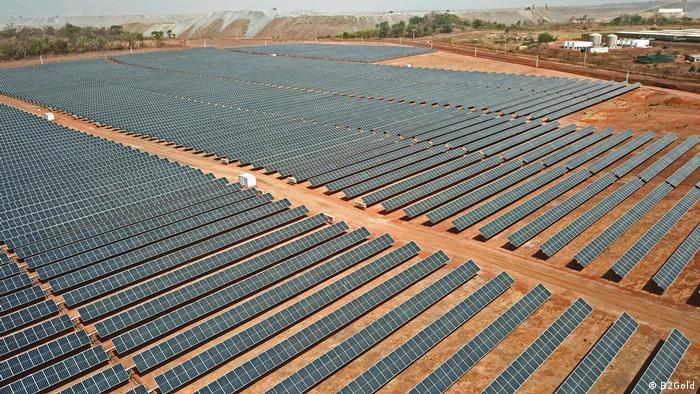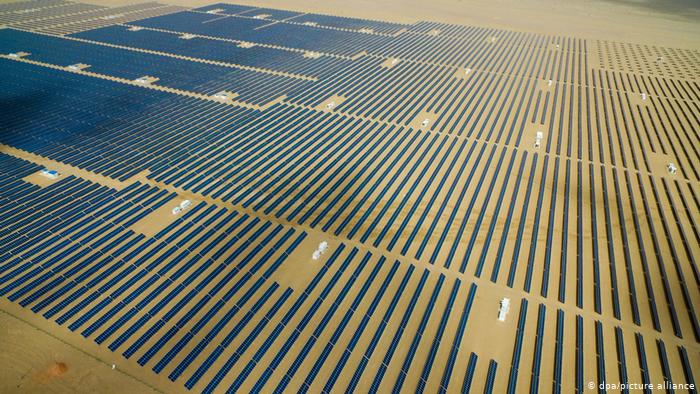Solar panels are being installed on hundreds of landfills to turn them into greenfields. As a result, landfills are considered suitable for solar farms. A United States non-profit organization believes that solar farms on landfills might enhance the country’s solar energy.
In the United States, solar energy capacity is predicted to expand by 63 gigawatts or around 60% of the cost of establishing solar farms on landfills. Solar companies are being developed in landfills throughout the country, but some issues must be addressed, as reported by the Good News Network. It’s tempting how restoring capped landfills and brownfields to their former glory would also serve as a community service.

Nexamp’s Solar Star Urbana Landfill community solar farm is one example. It took up about 40 acres on a capped landfill. Solar farms are being built on landfills that do not absorb solid trash. When there is solid waste, the lands are barred from absorbing rain, which helps decompose the debris on ground.
Nexamp also has 14,000 solar panels that generate 5.2 megawatts of sustainable energy. The energy generated by solar panels is distributed to needy individuals, who will also receive energy bill savings if they sign up.
IKON Environmental Energy is constructing the Sunnyside Energy Project, a 70-megawatt solar farm in Texas that will power 12,000 housing units and sit atop a 240-acre landfill. Moreover, the project will also include an electric vehicle charging station, a bio-digester to convert waste sources into green energy and fertilizer, and a community garden. In addition, Annapolis, Maryland, is also building a solar farm with 55,000 solar panels on an 80-acre area generating enough power for 2,500 people.

It’s not easy to build a solar farm on a landfill. For starters, installing the panels on concrete pillars buried in the ground isn’t an option because it would compromise the landfill’s top. Unfortunately, this also ensures that present technology that allows solar panels to move with the sun will no longer accommodate a landfill solar panel.
However, there are a few areas that are simpler. For instance, some underprivileged neighborhoods dwell near landfills and having local access to cheap electricity might help them financially.

Over 10,000 closed or capped landfills exist across the country, with up to 4,000 of them potentially being transformed into solar farms at any given time. As landfill solar becomes more common, governments can encourage its expansion by enacting legislation requiring utilities to source a certain percentage of their energy from brownfield sites, establishing explicit incentives for brightfield projects, and encouraging solar community projects on landfills.
Local governments can encourage solar development on landfills by planning during closure plans and performing environmental assessments and site studies—both of which can be roadblocks for developers.


